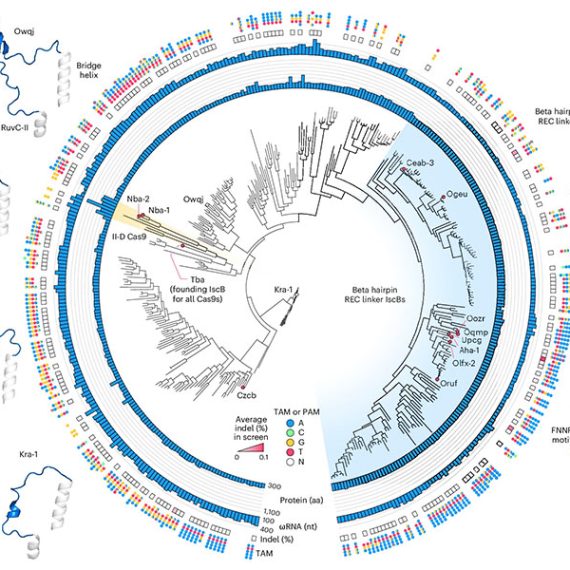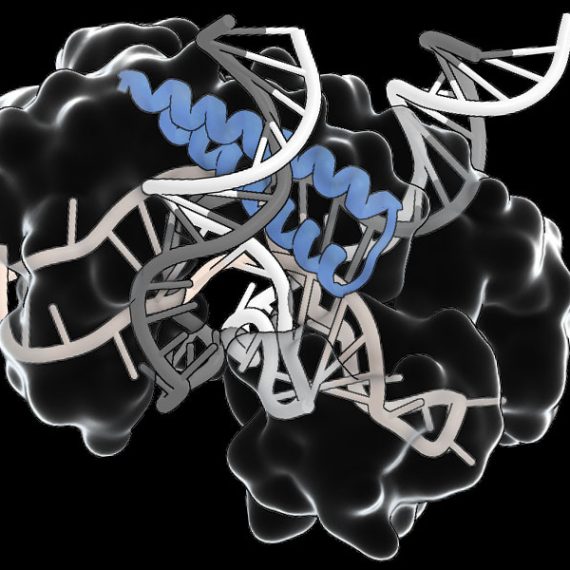Shrinking CRISPR tools
McGovern scientists are trying to shrink RNA editing systems, making them easier to deliver to target cells.

Before CRISPR gene-editing tools can be used to treat brain disorders, scientists must find safe ways to deliver the tools to the brain. One promising method involves harnessing viruses that are benign, and replacing non-essential genetic cargo with therapeutic CRISPR tools. But there is limited room for additional tools in a vector already stuffed with essential gear.
Squeezing all the tools that are needed to edit the genome into a single delivery vector is a challenge. Soumya Kannan is addressing this capacity problem in Feng Zhang’s lab with fellow graduate student Han Altae-Tran, by developing smaller CRISPR tools that can be more easily packaged into viral vectors for delivery. She is focused on RNA editors, members of the Cas13 family that can fix small mutations in RNA without making changes to the genome itself.
“The limitation is that RNA editors are large. At this point though, we know that editing works, we understand the mechanism by which it works, and there’s feasible packaging in AAV. We’re now trying to shrink systems such as RESCUE and REPAIR so that they fit into the packaging for delivery.”
One of many avenues the Zhang lab has taken to tool-finding in the past is to explore biodiversity for new versions of tools, and this is an approach that intrigues Soumya.
“Metagenomics projects are literally sequencing life from the Antarctic ice cores to hot sea vents. It fascinates me that the CRISPR tools of ancient organisms and those that live in extreme conditions.”
Researchers continue to search these troves of sequencing data for new tools.




